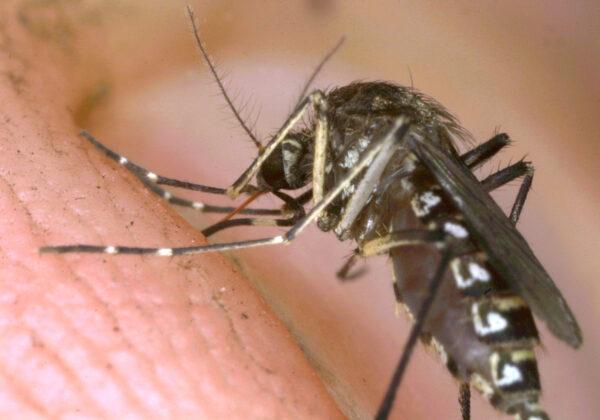It’s a part of summer in Canada that the tourism brochures don’t always tell you about—mosquitoes.
They can turn an otherwise idyllic summer evening into an indoor retreat.

It’s a part of summer in Canada that the tourism brochures don’t always tell you about—mosquitoes.
They can turn an otherwise idyllic summer evening into an indoor retreat.